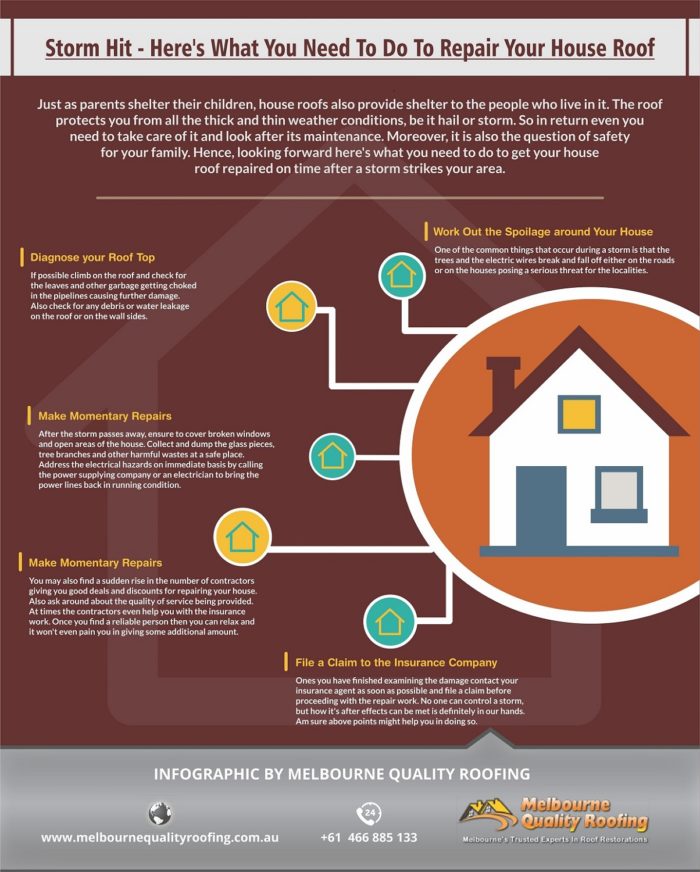Understanding Weather Condition'S Effect On Roof Covering Setup: Key Seasons And Conditions For A Successful Job
Understanding Weather Condition'S Effect On Roof Covering Setup: Key Seasons And Conditions For A Successful Job
Blog Article
Published By-McCoy Donnelly
When it comes to roof covering installations, the weather condition can make or break the work. Picture the aggravation of dealing with materials that will not comply as a result of extreme warm or fighting slippery surfaces triggered by unforeseen rain. Recognizing the impact of weather on your roof covering job is important for a successful outcome. So, allow's check out just how different weather condition elements can affect the top quality and resilience of your roofing setup, making certain a job well done.
Influence of Temperature Level on Roof Covering Installment
When it concerns roof installation, temperature plays a critical role in the process. The optimal temperature level for roof covering tasks generally falls in between 45 and 85 degrees Fahrenheit. Extreme heat can trigger products like shingles to come to be too pliable, leading to possible damages throughout installment. On the other hand, cold temperatures can make products brittle and prone to fracturing. It's important to schedule roof covering installations during moderate temperatures to ensure the very best result.
During chillier weather condition, specialists might require to take extra precautions such as making use of warmed equipment or enabling products to warm up before installation.
On the other hand, hot weather may call for work to be done earlier or later in the day to prevent the peak temperatures. By thinking about the temperature and its effects on roof covering materials, you can help guarantee a successful installment that will certainly endure the components for several years to find.
Result of Precipitation on Roof Projects
Roofing tasks can be dramatically influenced by precipitation, influencing both the timeline and the high quality of the installation. Rainfall or snow can develop slippery problems, making it dangerous for contractors to service a damp surface. In addition, dampness can endanger the bond of products like roof shingles or underlayment, leading to potential leaks or damages in the future.
If it rainfalls during a roofing project, the water can seep right into vulnerable areas, causing delays as the installation crew must wait for the roof covering to dry before continuing. Too much wetness can likewise promote the development of mold and mildew and mildew, additional jeopardizing the honesty of the roof covering.
To prevent these issues, it's suggested to set up roofing projects during drier periods or check the weather forecast carefully to plan about any prospective rainstorms. By taking precautions to operate in desirable climate condition, you can make certain a smoother and more successful roof covering installment procedure.
Impact of Wind Rate on Setup Success
During roofing system setup, the rate of the wind plays a critical duty in figuring out the success of the project. High wind rates can position substantial challenges to roofers, possibly leading to safety and security hazards and quality problems. When https://rolled-roofing40517.blog5star.com/29618721/regular-mistakes-house-owners-face-when-mounting-a-roofing-system-and-tips-for-evasion surpass recommended restrictions, it ends up being tough to deal with products, enhancing the threat of mishaps and damage to the roof products. Solid gusts can likewise influence the accuracy of dimensions and the accuracy needed for proper setup.
To ensure an effective roofing system setup, it's essential to keep track of and take into consideration wind rates. Ideally, roof covering setup ought to happen on days with reduced to moderate wind speeds. This not just boosts the security of the employees however additionally improves the overall top quality of the installation.
Roof covering jobs arranged during tranquil weather are most likely to be completed efficiently and with fewer mistakes. By taking mouse click the following web page of wind rate forecasts and planning as necessary, you can aid make certain a smooth and effective roof installment process.
Final thought
So, when it pertains to roof setup, bear in mind to take into consideration the weather conditions to make sure an effective task. Optimum temperatures, dry conditions, and moderate wind rates are key elements to prioritize for a smooth installation procedure. By arranging your job during the very best seasons and ideal climate condition, you can attain a resilient and durable roof covering that will protect your home for many years to find.
